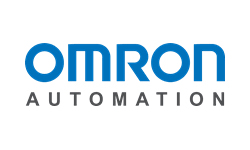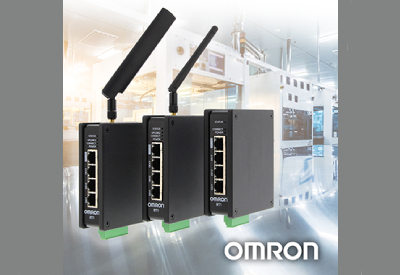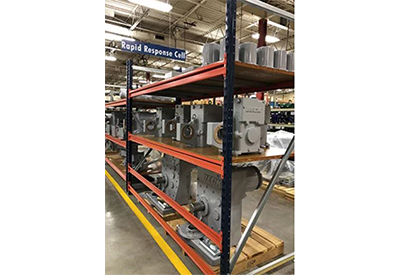Four Steps to Getting Your First IIoT Projects Up and Running by Omron

March 15, 2022
Data has always existed in the manufacturing environment – in the temperatures, pressures, sounds, and appearance of machinery – but is has not always been easy to access it. Manufacturing professionals would spend years, if not decades, gaining the expertise that would help them understand the meaning of certain measurements and observations. The Industrial Internet of Things (IIoT) promises to revolutionize this learning process by turning such observations into quantitative trends that can be leveraged for decision-making. Consequently, many manufacturers are eager to figure out the best way to dip their toes into the water of IIoT. In this post, Omron looks at some of the overarching strategies for making the most of this new way of using data.
Step 1: Find a way to gather real-time data that maintains its integrity.
Data is becoming much easier to gather and store. That said, it’s important to find a simple way to maintain the integrity of this data as you gather increasingly large amounts of it. Make sure you have a network that’s reliable enough to handle lots of data and sufficiently secure to protect your operations from hackers.
The challenges involved in gathering data securely often require more cooperation between the information technology (IT) and operational technology (OT) segments of a business than is usually present. Bringing IT and OT together is key for ensuring that real-time data is readily available, can be stored for long-term trend analysis, and isn’t vulnerable to cyberattacks.
Step 2: Analyze the data to understand your processes and identify trends.
In this stage, you need to employ analytics to crunch the data from the previous step and see if you can identify any trends. This can be on a moment-to-moment basis (are there any parts of my machines that are currently overheating?) or a long-term one (are there any seasonal trends in production or machine health that could be related to humidity or other factors?).
From a broader data analytics perspective, the algorithms you use might even identify trends you wouldn’t otherwise be able to see. In fact, this strategy has blossomed into a growing market in which third-party analytics companies help smaller manufacturers. In some cases, in-house marketing analytics teams are also taking on the responsibility for plant floor analytics.
Omron’s AI Controller is an excellent way to discover these hard-to-see trends. By applying machine learning and optimization at the edge level, this controller helps you turn tacit knowledge (such as the intuition of experienced operators) into explicit knowledge and extract the most value from your equipment, even without putting any data into the cloud.
Step 3: Determine areas that could be improved with automation.
This is the meat of the matter. You’re not just gathering data for the sake of having an “IIoT application” – you’re gathering it to make informed decisions about how to make your operations more productive. Although you may feel like it’s important to at least be using the latest smart manufacturing technologies, you should also have a well-defined purpose.
This is why it’s important not to rush with the previous stage of analyzing your processes. You should have a thorough understanding of what’s going on in your facility at the machine level before you start implementing projects to improve things. Otherwise, your efforts to introduce automation may have unintended consequences.
Step 4: Design and implement the automated solutions and analyze the results.
To truly make a case for continuing to use IIoT in your facility, it’s important to get a clear set of before-and-after comparisons. That way, you’ll be able to demonstrate that your solution has led to real cost savings, and you’ll find it easier to justify future projects involving IIoT.
Omron can help support your next IIoT initiative with the all-encompassing Sysmac platform that gives you a single point of access for all data and runs on the ultra-fast EtherCAT network. You’ll also have access to embedded SQL client technology, OPC UA, and function blocks for protocols like MQTT.
Interested in learning more about Omron’s smart manufacturing technologies? Click here









